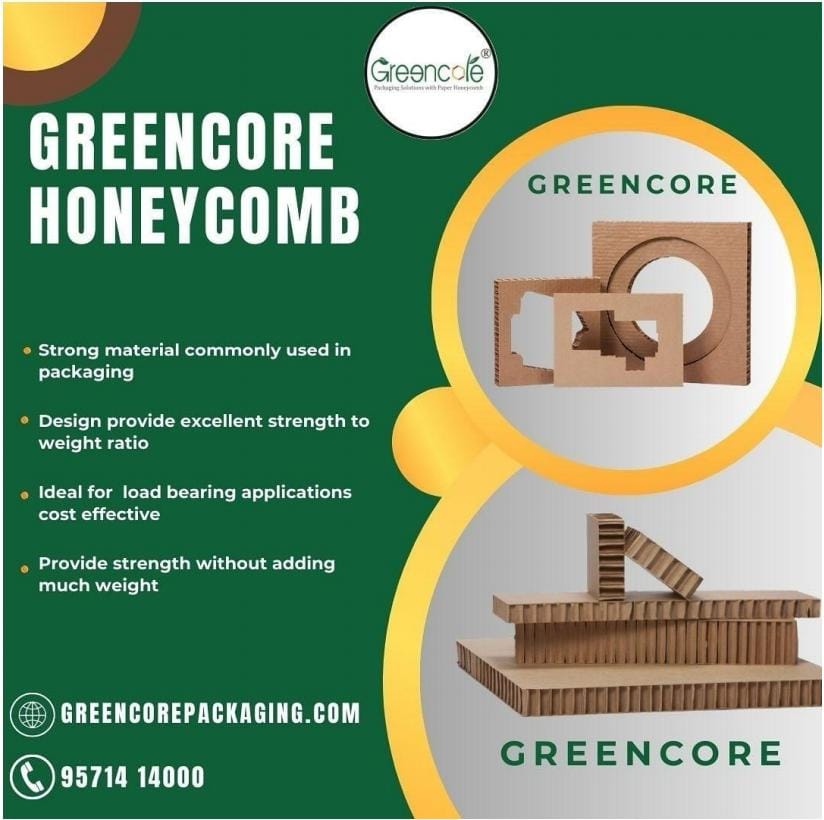The Problem With Traditional Packaging Materials
Traditional packaging materials have been the subject of scrutiny and concern for a variety
of environmental, economic, and health reasons. Here’s a breakdown of the issues
associated with conventional packaging materials:
● Environmental Impact: Non-Biodegradable: Materials like plastics can take hundreds
to thousands of years to decompose, leading to long-term pollution.
● Resource Intensive: The production of many traditional packaging materials is
resource-heavy, consuming significant amounts of water, energy, and raw materials.
● Waste Accumulation: A significant portion of landfills is made up of packaging
materials, especially non-recyclable ones.
● Carbon Footprint: The production, transport, and disposal of traditional packaging
materials contribute to greenhouse gas emissions, further exacerbating climate
change.
● Economic Concerns: Costs of Cleanup: Cleaning up waste, especially in oceans and
urban areas, can be costly for governments and communities.
● Waste Management: As the volume of packaging waste increases, so do the costs
associated with its collection, transportation, and disposal.
● Health and Safety Issues: Toxicity: Some traditional packaging materials can leach
harmful chemicals, especially when in contact with food. This can pose health risks to
consumers.
● Marine Life Threat: Plastic waste in oceans poses a direct threat to marine life.
Animals can ingest or get entangled in plastic debris, leading to injury or death.
● Lack of Recycling: Many traditional packaging materials are either not recycled due
to the lack of infrastructure or are not recyclable by design. This leads to a
one-time-use culture and an increase in waste.
● Aesthetic Concerns: The accumulation of waste, especially in natural landscapes and
urban areas, leads to visual pollution. This can deter tourism and reduce the
aesthetic appeal of a location.
● Over-Reliance on Non-Renewable Resources: Many packaging materials, especially
plastics, are derived from petroleum, a non-renewable resource. This dependency is
unsustainable in the long run.
Given these concerns, there’s a growing emphasis on the need for sustainable,
biodegradable, and environmentally-friendly packaging solutions like Greencore Honeycomb
Packaging which can help address the pressing issues posed by traditional packaging
materials and pave the way for a more sustainable future.
Introducing Greencore Honeycomb: The Sustainable Packaging Solution
Greencore Packaging presents the future of eco-friendly packaging with its unique
honeycomb design – the first ever fully biodegradable, compostable, and recyclable
alternative to traditional bubble wrap. Derived from the hexagonal structure of honeycombs,
our packaging doesn’t just boast of environmental credentials but also offers mechanical
recycling akin to corrugated materials.
Why Choose Greencore?
● Eco-Friendly: Bid adieu to non-degradable plastic bubble wraps. Our honeycomb
sheets are entirely eco-conscious, aligning with a sustainable future.
● Versatile: Available in diverse sizes and shapes, they can be tailored to fit a wide
range of packaging needs.
● PAN India Availability: Ensuring a wide reach, we cater to customers across the
length and breadth of India.
● Reduced Carbon Footprint: By opting for our kraft paper-based honeycomb wrap,
companies can significantly minimise their carbon footprint, making a tangible
difference to the environment.
Harnessing the strength and ingenuity of nature, Greencore Packaging offers a range of
sustainable honeycomb products designed to provide sturdy and eco-friendly alternatives
to conventional packaging and more.
Here’s a brief overview of each:
- Honeycomb Sheets: These sheets mimic the hexagonal structure found in natural
honeycombs, offering durability and flexibility.
● Applications: Suitable for cushioning, protective packaging, layering in
cartons, and as void fillers.
● Environmental Benefits: Biodegradable, compostable, and recyclable, these
sheets significantly reduce waste and are a greener alternative to
plastic-based protective packaging. - Honeycomb Pallets: Engineered for strength, these pallets are lightweight yet
sturdy enough to hold significant weight.
● Applications: Ideal for shipping and storing goods, especially when weight
and eco-friendliness are essential.
● Environmental Benefits: Produced using sustainable methods and materials,
these pallets offer a lower carbon footprint than their plastic or wooden
counterparts. - Honeycomb Pallet Box: These boxes integrate the strength of the honeycomb
design, providing a durable container for various items.
● Applications: Suitable for bulk shipping and storage of goods. It offers
protection during transit and is stackable, optimising storage space.
● Environmental Benefits: Made from sustainable sources, these pallet boxes
are both recyclable and compostable, offering an environmentally conscious
choice for storage and shipping needs. - Honeycomb Furniture: A testament to the versatility of the honeycomb design, this
furniture is both stylish and functional.
● Applications: Suitable for home and office use. Its lightweight nature allows for
easy rearrangement, and its strength ensures durability.
● Environmental Benefits: Using sustainable materials and production methods,
this furniture is an innovative step towards reducing the carbon footprint
associated with conventional furniture production.
Greencore Packaging is at the forefront of introducing innovative, eco-friendly solutions to
address the pressing issues associated with traditional packaging and furniture materials. By
opting for Greencore’s honeycomb products, businesses and individuals alike can make a
tangible difference to the environment while enjoying the unmatched strength and versatility
of the honeycomb design.
Make the switch today. Choose Greencore for a greener tomorrow. - LinkedIn: https://www.linkedin.com/company/greencore-paper-conversion-private-limited/
- Facebook: https://www.facebook.com/indiagreencore?mibextid=LQQJ4d



